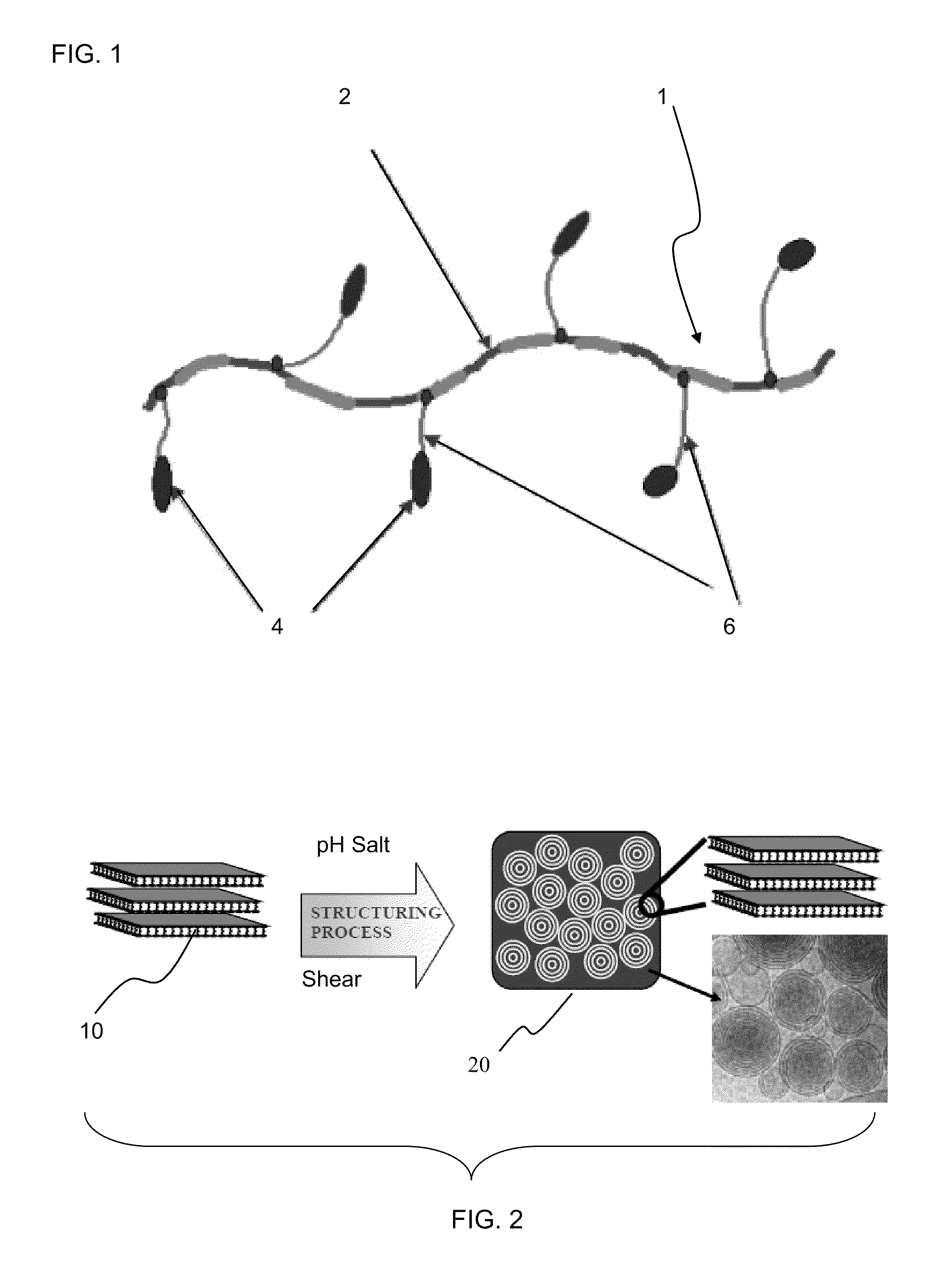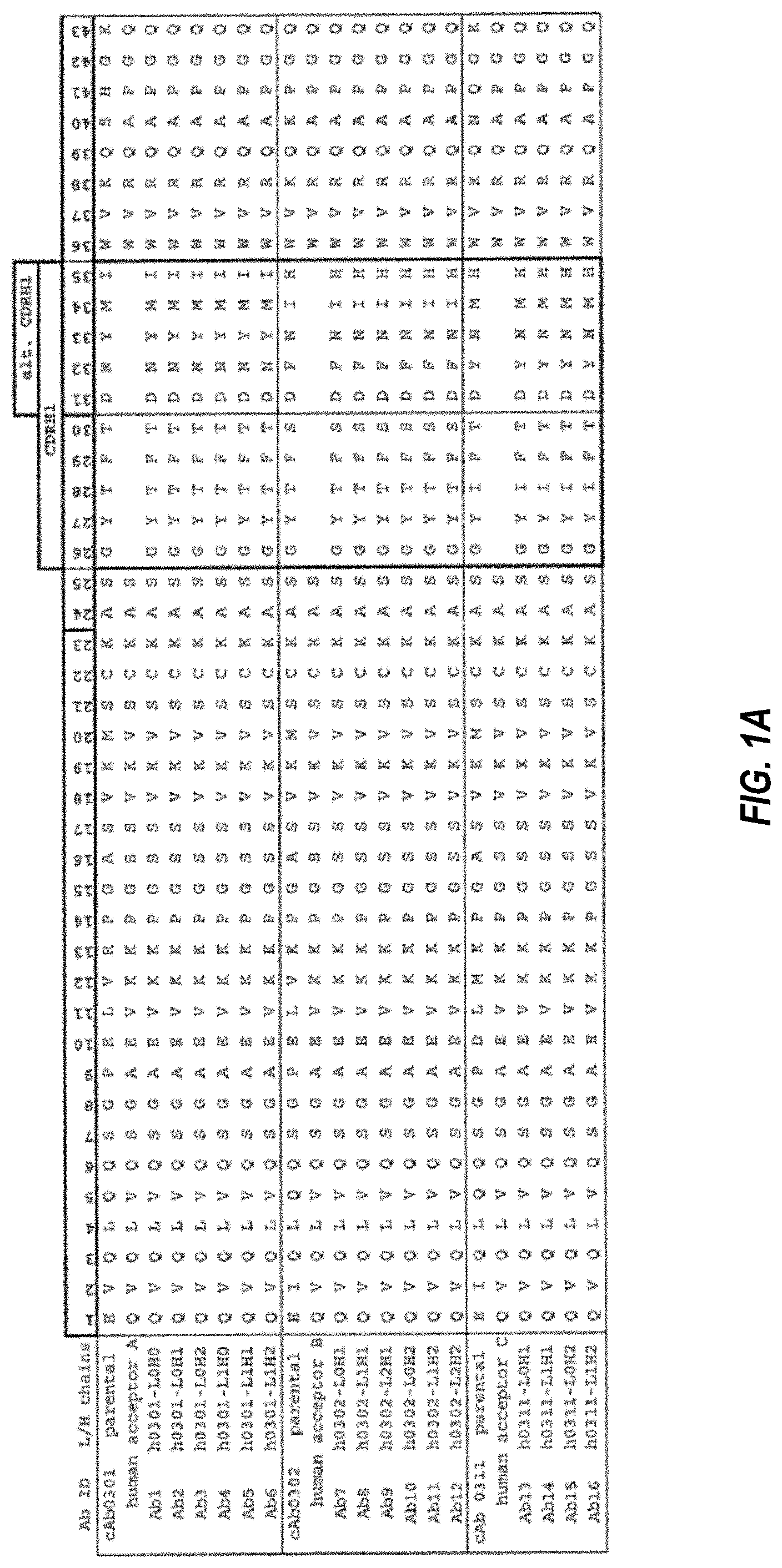Invented by Lawrence Alan HOUGH, Wojciech Bzducha, Pascal Herve, Pierre Hennaux, Mary O’ROURKE, Ericka PARK, Rhodia Operations SAS
Freezing and thawing stability refers to the ability of a composition to maintain its desired characteristics even after being subjected to repeated cycles of freezing and thawing. This is particularly important in industries where products are stored or transported in cold environments, such as frozen foods or vaccines.
In the food industry, freeze-thaw stability is crucial for maintaining the texture, taste, and overall quality of frozen products. Consumers expect their frozen foods to retain their freshness and flavor even after being stored in the freezer for extended periods. Compositions with freezing and thawing stability ensure that these expectations are met, allowing manufacturers to deliver high-quality frozen products to the market.
Similarly, in the pharmaceutical industry, freeze-thaw stability is essential for preserving the efficacy and safety of drugs and vaccines. Many medications and vaccines require storage at specific temperatures to maintain their potency. If these products are exposed to freezing temperatures during transportation or storage, their effectiveness can be compromised. Compositions with freezing and thawing stability provide a solution to this problem, ensuring that pharmaceutical products remain stable and effective throughout their shelf life.
The cosmetics industry also benefits from compositions with freezing and thawing stability. Many cosmetic products, such as creams, lotions, and serums, contain active ingredients that can be sensitive to temperature changes. Freezing and thawing stability ensures that these products maintain their desired consistency, texture, and performance, even if they are exposed to fluctuating temperatures during shipping or storage.
The market for compositions with freezing and thawing stability is driven by the need for reliable and high-quality products that can withstand extreme temperature conditions. Manufacturers and consumers alike are increasingly aware of the importance of freeze-thaw stability in various industries. As a result, there is a growing demand for innovative solutions and technologies that can provide this stability.
Companies specializing in freeze-thaw stability solutions are continuously developing and improving their products to meet the evolving needs of the market. They invest in research and development to create compositions that can withstand multiple freeze-thaw cycles without degradation. These compositions often incorporate specialized additives or ingredients that enhance their stability and performance under extreme temperature conditions.
In conclusion, the market for compositions with freezing and thawing stability is expanding rapidly as industries recognize the importance of maintaining product quality and performance in extreme temperature conditions. From frozen foods to pharmaceuticals and cosmetics, the demand for freeze-thaw stable compositions is driving innovation and growth in various sectors. Manufacturers and consumers alike are seeking reliable solutions that can withstand freezing and thawing cycles without compromising the integrity of the products. As the market continues to evolve, companies specializing in freeze-thaw stability solutions will play a crucial role in meeting these demands and ensuring the availability of high-quality products.
The Rhodia Operations SAS invention works as follows
Composition containing freeze-thaw stability polymer. This can be a copolymer with a molecular mass of about 30,000 grams, a blend containing a first and second polymer or a crosslinked acrylate copolymer. The copolymer consists of one or more monomeric first units and one monomeric second unit. The one or more first monomeric units each independently including at least one bicycloheptyl-polyether, bicycloheptenyl-polyether or branched (C5-C50)alkyl-polyether group per monomeric unit. The bicycloheptyl-polyether or bicycloheptenyl-polyether group may optionally be substituted on one or more ring carbon atoms by one or two (C1-C6)alkyl groups per carbon atom. The one or more second monomeric units each independently including at least one pendant linear or branched (C5-C50)alkyl-polyether group per monomeric unit. The first and second monomeric units do not both have branched (C5-C50)alkyl-polyether group.
Background for Compositions with freezing and thawing stability
In personal care, consumers demand formulations with multiple benefits, including but not limited, to unique sensory experiences, enhanced moisturization and conditioning, improved delivery, and compatibility. They can be used to provide the benefits above either alone or with other agents. This can result in an increased efficacy and/or a reduction of the amount of agent needed. These molecules provide these benefits while being used and/or even after rinsing, which makes them unique. This opens up the possibility of using both ‘leave on’ These molecules can provide these benefits either while in use and/or after rinsing which makes them unique and opens the possibility to be used both?leave on? products. “Synthetic rheology modification polymers are available to help achieve one or more of the properties.
Alkali-soluble Emulsion (?ASE?) Polymers, hydrophobically-modified alkali soluble emulsions (?HASE?) Polymers, hydrophobically-modified ethoxylated polyurethane (HEUR?) Polymers of hydrophobically-modified ethoxylated urethane (?HEUR?) polymers.
See, for instance, the polymers described in U.S. Pat. No. 3,035,004, U.S. Pat. No. 5,292,843, U.S. Pat. No. 6,897,253, U.S. Pat. No. 7,288,616, U.S. Pat. No. Patent No. 7,378,479 and US Patent Publication Number. Each of these rheology modifiers has been used widely in aqueous system. Some HASE polymers, however, have shown shortcomings in terms of thickening efficacy, including an unacceptably high sensitivity for relatively small changes in pH, the electrolyte content, and the amount used. In aqueous medium, the thickening ability of these polymers tends be low, especially at low pH (such as pH less than 6). However, it tends increase markedly at higher concentrations of polymer and/or higher levels of pH. This sensitivity may lead to large, unwelcome changes in rheological property, such as a very dramatic increase in viscosity with small changes in polymer concentration or pH. This can make it difficult to design a composition with a performance profile that is desired under the anticipated conditions of usage, and to manufacture and handle such compositions.
U.S. Pat. No. No. 7,217.752 to SchmuckerCastner et al. discloses a stable aqueous formulation containing a substantially alkali-swellable acrylate-copolymer rheology moderator, a surfactant and an alkaline substance, along with various compounds, including, for example, substantially insoluble materials requiring stabilization or suspension, such as a silicon, an oily or pearlescent material. This invention also relates the formation of a phase and rheologically stable cationic dye composition.
When used in sufficient amounts to achieve the desired rheological characteristics, cross-linked ASE polymers can give aqueous formulations a cloudy or translucent appearance. Cloudy, opaque, or translucent optical appearances may not be desirable in applications where aesthetics are important, like personal care formulations such as body washes and shampoos. In addition, certain HASE and ASE Polymers usually exhibit a reduced thickening ability and/or impart a opaque, cloudy or translucent optical appearance when present with salts and surfactants. This limits their usefulness in aqueous system, for example in personal care compositions.
One desirable property of a formulation is its yield. The ability to suspend particles within a formulation is called yield. Structured surfactants are one way to increase yield. Structured Surfactant Liquids have a dense network of Multi-Lamellar Vesicles, which is responsible for their unique properties. These are used to create rinse-off formulations in the Personal Care industry (e.g. Body washes and Shampoos)
U.S. Patent Application Publication No. US2003/0180246A1 discloses compositions of structured surfactants that contain an anionic surfactant, and an alkanolamide. U.S. Patent Application Publication No. US2003/0190302A1 discloses surfactant structures that contain an anionic and cationic surfactant. U.S. Patent Application Publication No. US2006/0135627 A1 discloses structured surfactant compounds that contain an anionic surfactant, and an amineoxide.
U.S. Patent Application Publication No. “U.S. Patent Application Publication No.
U.S. Pat. No. No. 6,150,312 discloses that when sufficient surfactant is present to form micelles can be formed (i.e. When concentrations exceed the critical micelle (CMC), micelles can form in a variety of shapes, including spherical or cylindrical (rod like) micelles. The surfactant concentration increases and ordered phases, such as the lamellar, hexagonal or cubic phases, may appear. Lamellar phases, such as the lamellar phase consist of alternate layers of water and surfactant bilayers. These layers can be folded or planar to form submicron spherical structures like onion-like vesicles, liposomes, or spherulites. The lamellar structure is ordered. The hexagonal phase is composed of hexagonal lattices made up of long cylindrical micelles. The microstructure of personal care products is generally composed of either spherical or rod micelles.
Personal Care Formulations are launched globally, so their resistance to Freeze-Thaw (freeze/thaw) is an important parameter. The geographical location of the product will determine its stability. In fact, depending on the country where the formulation will be used, the formulation may have to withstand very different humidity levels, temperatures, etc. Formulations can be transported by truck, ship, or train in temperatures ranging from freezing to desert heat. A shelf life is determined for each composition. It is therefore necessary to determine a shelf life for each composition. The time period during which the formula should be stable under normal storage and handling is determined. The shelf life is the period between when the composition was produced and the moment it is used by a consumer. “Personal care formulations generally require a shelf life of two years.
The applicants found that certain polymers can be used in small amounts to increase both the initial viscosity as well as low temperature viscosity. This provides much more stable compositions.
In a primary aspect, the invention is directed towards a composition that has improved freeze-thaw stability and comprises:
a continuous phase comprising:
a polymer with freeze-thaw stability selected from the group consisting at least of:
A. a polymer with a molecular mass greater or equal to 30,000 grams per mole, comprising:
B. said blend of said first polymer comprising one or more first monomeric units, each independently comprising at least one bicycloheptyl-polyether, bicycloheptenyl-polyether or branched (C5-C50)alkyl-polyether group per monomeric unit, wherein the bicycloheptyl-polyether or bicycloheptenyl-polyether group may optionally be substituted on one or more ring carbon atoms by one or two (C1-C6)alkyl groups per carbon atom at least one polymerizable functional group per molecule of first polymer, and said second polymer comprising one or more second monomeric units, each independently comprising at least one pendant linear or branched (C5-C50)alkyl-polyether group per monomeric unit, provided that the first and second monomeric units each have a weight average molecular weight of greater than or equal to about 30,000 grams per mole and cannot both comprise a branched (C5-C50)alkyl-polyether group, and at least one polymerizable functional group per molecule of second polymer;
C. Said crosslinked alkali-swellable copolymer comprises from about 20% to 80% by mass of atleast one carboxylic monomer, comprising acrylic, methacrylic, fumaric, crotonic, aconitic, or maleic acids, or combinations thereof. From about 80% up to 15% by mass of atleast one alpha and beta-ethylenically unsaturated monomer. And from about 0.01 up to about 5% weight of a poly
D. Said at least one polymerizable alkoxylated reactive acrylate monomer having a structural formula selected from a group consisting either of structural formulae IA or IB:
Click here to view the patent on Google Patents.






